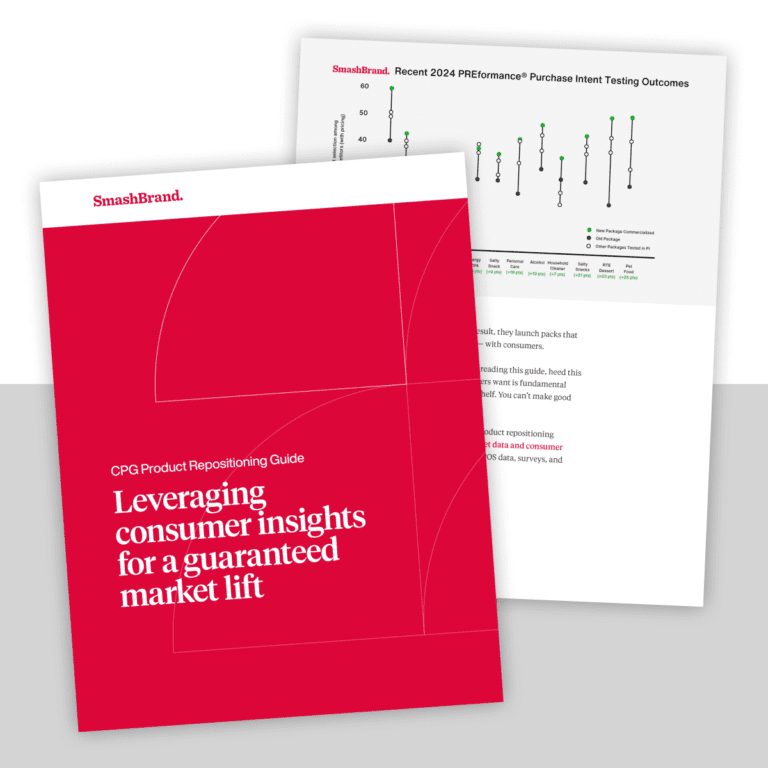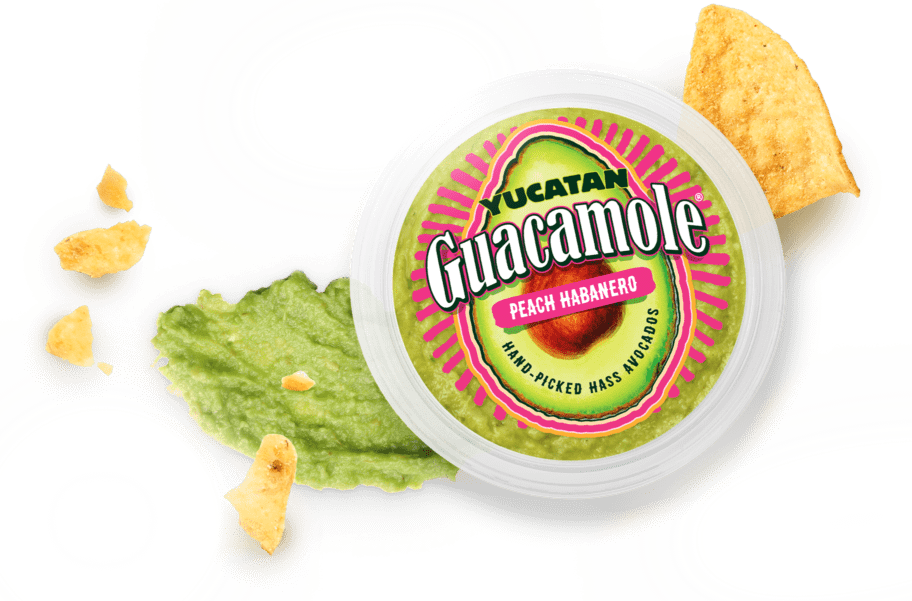You’ve nailed your branding and formula, but then your Costco pitch flops. Why? Because the packaging that crushes on Amazon or Target appears to be swallowed alive by an untested feature pallet display at Costco. The club floor is a battlefield of bulk, distance, and velocity, where your packaging must work harder, faster, and smarter.
Most brands miss this. They ignore Costco’s strict packaging requirements, misjudge pallet requirements, and overlook the fact that Costco’s system isn’t just shelf retail on steroids. Without a structural packaging strategy built for 10-foot reads, fast carts, and case-stack logic, even great products vanish.
This Costco packaging guide breaks down what actually wins. From design hierarchy to diagnostic testing, you’ll learn how a packaging design team must rethink every rule. Let’s decode Costco’s packaging design guideline, before your buyer review.
Why the retail playbook fails in club stores.
Packaging that performs in traditional retail doesn’t always translate to club. Not because club stores are the opposite, but because the context shifts, and with it, so does the path to purchase.
In a high-volume environment like Costco or Sam’s Club, consumer decision-making happens at a different distance, under different lighting, and often with fewer facings to do the heavy lifting. Messaging hierarchy, structural integrity, and value signaling all take on new levels of importance.
Club formats have specific operational requirements, including forklift access, palletized displays, material compliance, and co-branded design constraints. And unless your packaging system is built with that in mind, you risk losing relevance at a distance and impact at the moment of truth.
That’s why a club channel strategy shouldn’t be an afterthought or an adaptation. It requires early-stage testing, shopper-centric validation, and structural thinking that accounts for how products are shipped, stocked, and seen.
The three realities of Costco packaging design.
At Costco, your packaging must meet both structural and visual demands while still earning a purchase, so your packaging design team needs to master the following three non-negotiable realities.
Shelf impact is critical.
Your logo, hero benefit, and unit count need to lead the conversation fast. But it’s not just about individual packs; it’s about how they come together. A well-executed club-store design turns stacked trays into a single, clean, unified, and unmistakable billboard.
This level of visual cohesion doesn’t happen by accident. It’s engineered. We treat color ownership like an input, not an output, stress-testing it under real lighting, real conditions, and real shopper behavior.
That’s because design decisions don’t live in a vacuum; operational realities bind them. Pallet requirements, dock orientation, recycled content, and print quality aren’t afterthoughts; they’re constraints we design into our products from day one.
Messaging must drive trial in seconds.
Your packaging must spotlight one powerful claim and a clear value signal, because when it comes to messaging, less really does more. Overloading the front with benefits doesn’t inform the shopper; it confuses them. And confused shoppers don’t buy.
Club channel packaging plays by a different set of rules. Here, it’s about function, not flair. A single, rational, value-forward message that screams “worth buying now.” That means leading with a bold, high-impact claim, amplifying your size and count, and sharpening the benefit into a quick yes. And ensuring your format is built to spec, meeting the demands of feature pallet displays, with structural and visual alignment to Costco’s specific packaging requirements.
At SmashBrand, our Pack Words Test pinpoints the two to three claims most likely to drive conversion in the club setting. Then, we design with operations in mind, ensuring full compliance with Costco’s pallet handling and dock-to-shelf protocols.
Structure is strategy.
In club stores, your structural packaging determines how your product appears on a pallet, how it flows through Costco’s system, and how easy it is for a shopper to say yes.
Success starts by designing to spec. That means understanding and aligning with Costco’s structural preferences: boxes over bags, vertical formats that face out cleanly, and display-ready cases engineered for feature pallet execution.
These aren’t just operational must-haves; they’re part of your sell-in story. Formats that reduce labor at unload, hit pallet height targets, and optimize TI/HI give you an edge with buyers.
Every structural decision affects how your product moves through the warehouse and how it’s perceived in-aisle. A flimsy, hard-to-handle pack raises friction. An innovative, durable structure boosts both confidence and conversion.
The new playbook: a proven, test-and-learn approach.
Here’s how the new playbook takes shape: each phase is a staged checkpoint, ensuring that your creative, structural, and strategic investments in packaging align with the high-stakes world of club retail.
Diagnosis phase.
Start with a rigorous category audit, peer setups, retailer pallet flows, lighting realities, and shopper decision maps. Develop a benchmark of what drives purchase in your segment (for example, how Tide built its club pack message: “2× Large Loads”) and uncover unmet claim opportunities. This isn’t a design brief; it’s your strategic foundation.
Concepting phase.
With your strategic building blocks in place, push multiple bold packaging directions. Each should be visually distinct, with its own color, format, language, and brand-blocking mechanics, so you can test the concept that truly creates a palette pop. For example, when Ollie expanded into a club, it developed five completely different pack architectures before settling on the winner.
Diagnostic testing phase.
This is where you test early with shoppers in a simulated club environment: giant pallets, side‑of‑the‑pallet readability, a mix of SKUs. Measure what stands out in the first 3–5 seconds. Use eye‑tracking or heat maps to assess visual hierarchy. This filters out concepts that resonate in a quiet design studio but would vanish in Costco’s system.
Optimization phase.
Take the diagnostics data and zero in on the highest‑performing elements: the logo scale, hero benefit placement, count/size block prominence, and color contrast. Then refine structural specifications (TI/HI, master carton, shard proof) so the packaging meets both creative and engineering requirements. Premium visual appeal combined with club operational efficiency equals a win.
Validation via PREformance™ purchase intent testing.
At this stage, you go head‑to‑head in an actual corkscrew of competitive packaging, pricing, and display‑ready formats. You simulate the complete club setting and capture Purchase Intent data. A design must demonstrate credible lift over competitor packs and meet starter launch metrics before it is released to the market.
Execution phase.
With validation locked, the transition to production begins. Structural packaging locked, packaging engineering specs organized, outer shipper and display-ready case (DRC) aligned to pallet requirements. Prepare the artwork, ensure recycled-content specifications are met, and deliver full assets, including primary packaging, trays, pallet skirts, and shrouds, for the club floor.
Common mistakes that kill shelf performance.
You hand off to your box packaging design team a palette of ten flavors, each with its own color. On the shelf (or in a club scenario), instead of a unified brand wall, you end up with ten little different walls, and none of them dominate. In contrast, strong club store packaging design demands an ownable color story that supports brand blocking so every unit becomes part of the same visual block.
Using untested niche claims that confuse shoppers
You’re excited about your DTC packaging design, and you load the front panel with “Ketone‑Infused + Blue Light Block + Vegan + Microbiome Positive.” On the club floor, that becomes noise.
Shoppers don’t pause to decode jargon; they move on. Retail packaging at club scale needs fewer, more explicit claims. Brand teams must validate claims via research, not intuition. We suggest limiting to “2‑3 claims max” and testing them. Your packaging design team must treat claims like feature bullets, not marketing fluff.
Designing for aesthetic instead of shopability
The creative team nails the high-end look, featuring minimal typography, a soft metallic finish, and a premium feel. Beautiful. But when it’s stacked on a pallet at 8 ft tall under depot lighting, with the count/size tiny and unreadable, aesthetics are lost.
Club store packaging design must serve engineering requirements, including pallet specifications, display-ready trays, pallet side visibility, and manufacturing/structural packaging specifications. If the package isn’t engineered to stack, ship, unload, and present effectively, then the visual won’t translate into a purchase.
Not understanding buyer expectations.
Club buyers (like shoppers at Costco) expect high velocity, inclusion in offers such as MVVM coupon programs, and compliance with co-branding rules. They check your pallet specs, recycled-content proof, co-brand lockups, and structural packaging readiness.
If you don’t align with these expectations, your packaging may still get approved, but your shelf time will be short. Your packaging design team needs to build for speed, scale, and retailer trust.
Selling the Category And Forgetting the Brand
One of the subtler but deadliest mistakes? Designing to “sell the category” so well that Costco never needs you again. We’ve seen this play out: brands that follow Costco’s packaging requirements to the letter, focusing entirely on the problem space (“better hydration,” “natural whitening,” “clean energy”) without carving out any defensible brand real estate.
Sure, you may get placement. But when a newer, shinier brand enters with stronger value statements and the same category pitch, you’re out. Club stores reward velocity, not loyalty. Your packaging design team must walk the tightrope: lean into the category Costco wants to push while reinforcing brand-specific cues that make your SKU indispensable.

Path to Performance™
Taking a results-obsessed approach to CPG package design.
Discover how SmashBrand’s proprietary process, rooted in scientific principles, informed by data, and validated by your target audience, eliminates the guesswork from package design and delivers guaranteed results.
"*" indicates required fields
Data-driven Costco packaging for maximum impact.
SmashBrand is a data-driven Costco packaging design agency that helps CPG brands outperform on the most competitive pallet displays in retail. We combine real-time consumer testing, predictive analytics, and deep retail expertise to build packaging systems that not only meet Costco’s strict packaging requirements but also drive trial and scale velocity across warehouses.
Our stage-gated process validates every decision, from messaging and visual hierarchy to structural packaging and DRC compliance. With design diagnostics, PREformance™ Purchase Intent Testing, and in-house engineering for pallet-ready execution, we deliver packaging that converts at 10 feet and withstands the rigors of Costco’s system.
Subscribe to
Nice Package.
SmashBrand’s Nice Package: Stay current with our latest insights
Free Resource.

CPG product repositioning guide.
Explore the five undeniable signs your CPG product needs repositioning along with strategies for leveraging consumer insights for a guaranteed market lift.
Download Whitepaper About CPG product repositioning guide.

